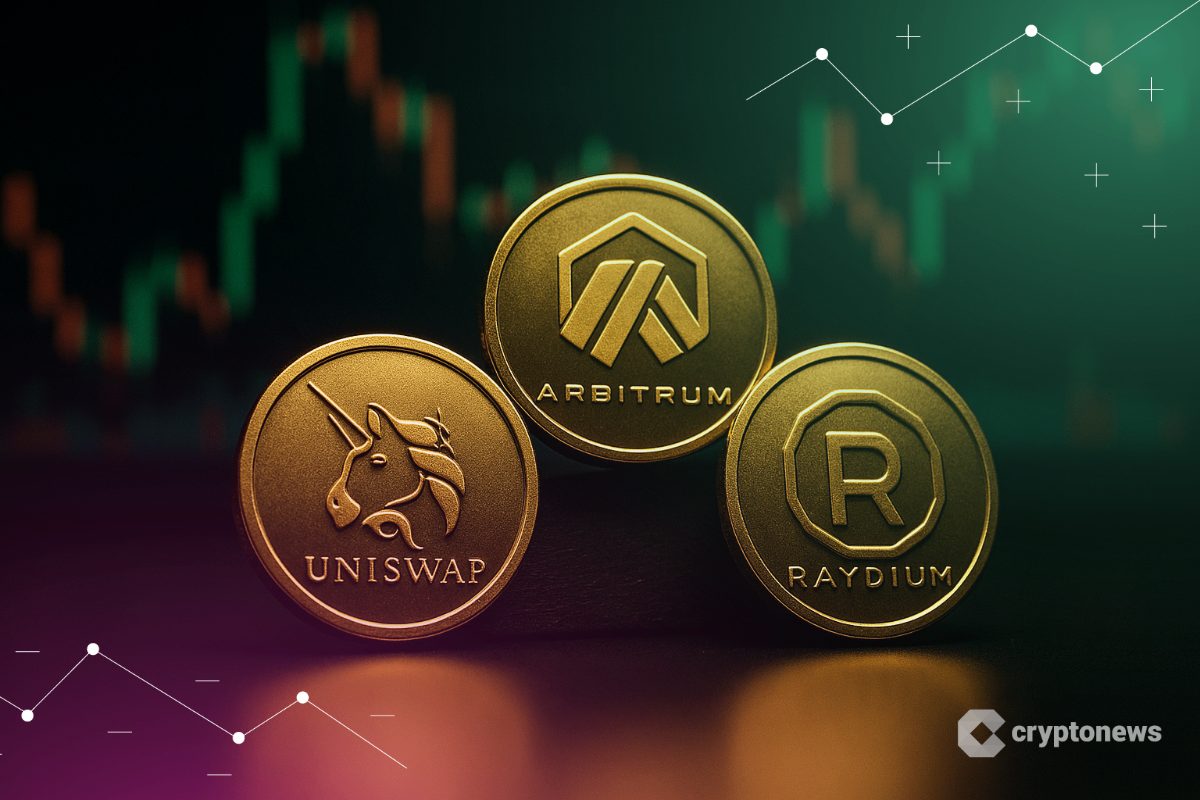Is crypto lending making a comeback?
A new wave crypto lending startups is extending high-risk, short-term loans to underserved borrowers, rekindling a sector that nearly collapsed in 2022.
- A growing trend in crypto lending sees new startups offering unsecured loans to underserved borrowers.
- These companies use innovative methods to manage risk and defaults, including biometric verification and AI.
- The sector seems to be recovering from the 2022 crash that caused widespread bankruptcies and a long “crypto winter.”
- Rising crypto prices and supportive regulations like the GENIUS Act are fueling renewed interest in crypto lending.
In a recent interview with The Financial Times, Diego Estevez, founder of San Francisco-based Divine Research, revealed that since December, the company has issued around 30,000 unbacked short-term loans, typically under $1,000 in USD Coin (USDC).
“We’re loaning to average folks like high-school teachers, fruit vendors … basically anyone with access to the internet can get access to our funds,” said Estevez. To offset an average default rate of 40%, Divine charges fixed interest rates between 20% and 30%, and uses iris-scanning technology developed by OpenAI’s Sam Altman to prevent repeat defaults.
Other ventures are also entering the space with innovative collateral models and new ways to manage defaults.
For example, the crypto startup 3Jane offers unsecured credit lines on the Ethereum (ETH) blockchain. Borrowers must provide verifiable proof of assets or future cash flows, but no collateral is required. The company is also working on a new lending platform that uses AI agents, who would be “programmatically obligated to follow debt covenants,” allowing them to be lent out at significantly lower rates.
Wildcat, a protocol on the Ethereum blockchain that offers flexible, fixed-rate, undercollateralized loans mainly for market makers and crypto trading firms, lets borrowers set their own terms, including interest rates and loan length.
“In the event of a default, lenders co-ordinate directly among themselves to seek recourse,” explained Evgeny Gaevoy, Wildcat adviser and chief executive of Wintermute.
The return of risky crypto lending marks a big shift from the crash of 2022, when falling crypto prices led to mass defaults and bankruptcies, most notably the collapse FTX, which is still in the process of repaying its creditors. The crisis triggered a nearly two-year “crypto winter” that froze investor confidence.
Now, with crypto prices climbing and analysts predicting an incoming altcoin season, catalyzed by the recent passing of the GENIUS Act, the crypto lending industry appears to be seeing a revival. Even JPMorgan is reportedly exploring the launch of loans backed by clients’ crypto holdings.
You May Also Like

Gallup finds crypto’s U.S. footprint is shallow, uneven, and not growing fast

Altcoin Season Index Stalls but UNI, ARB, RAY Catch Bid on On-chain Activity
